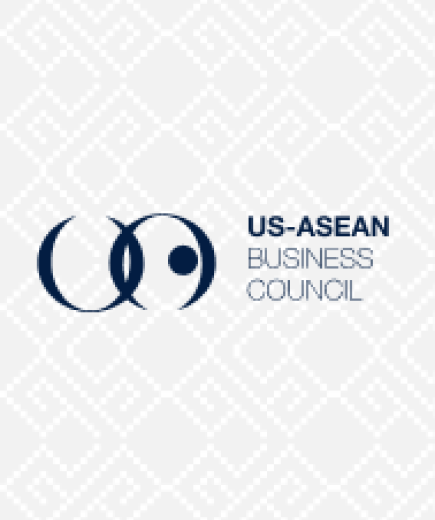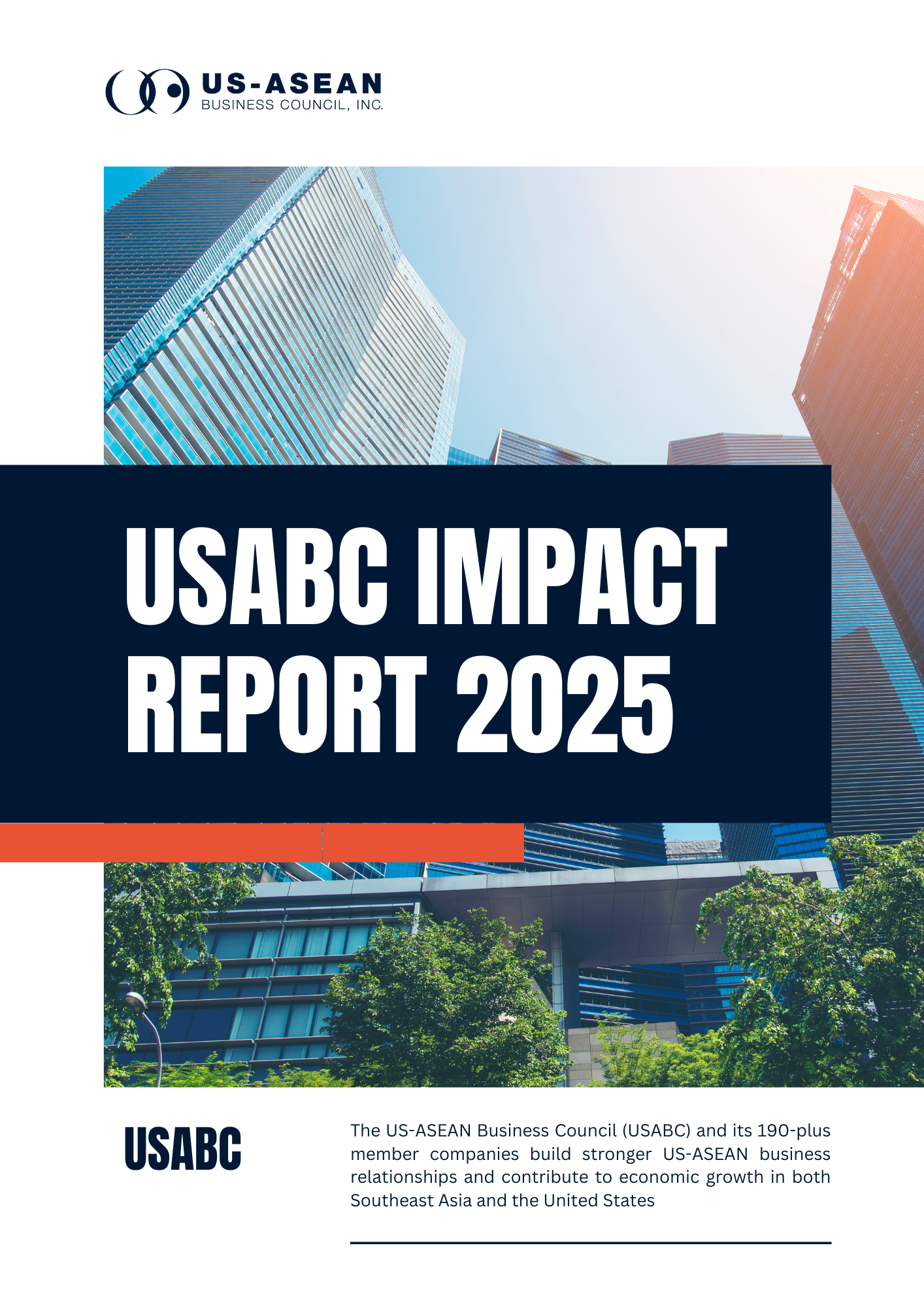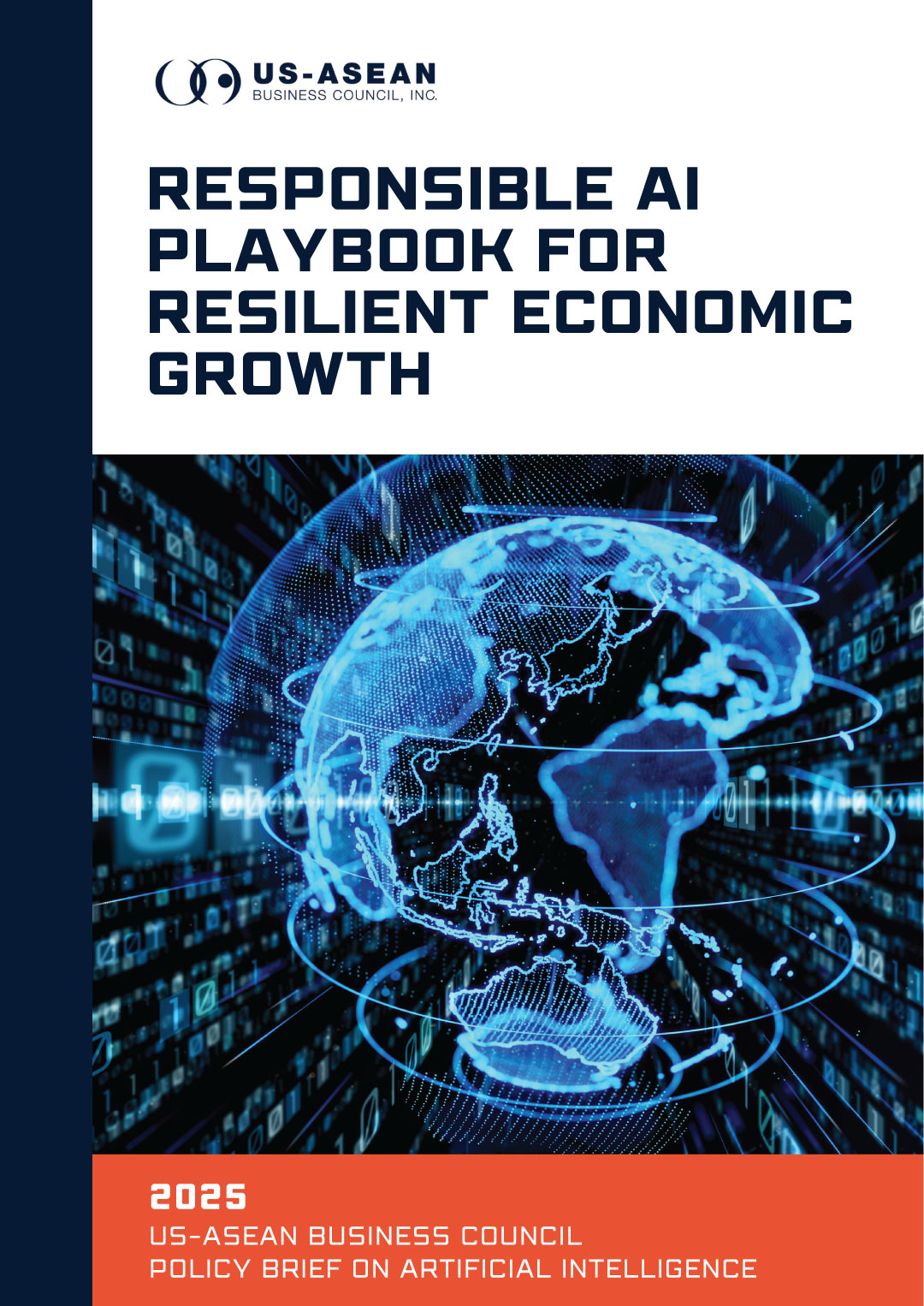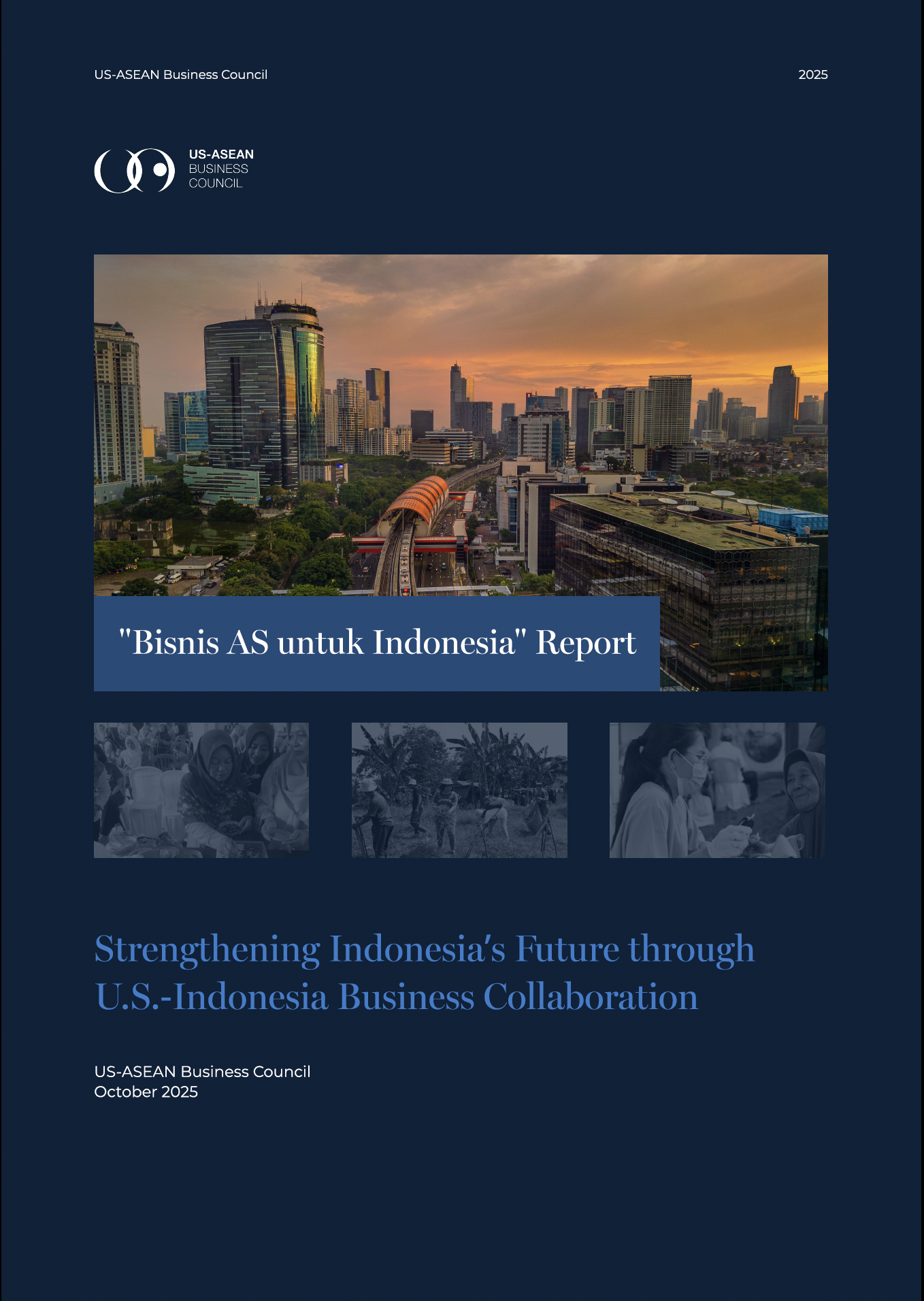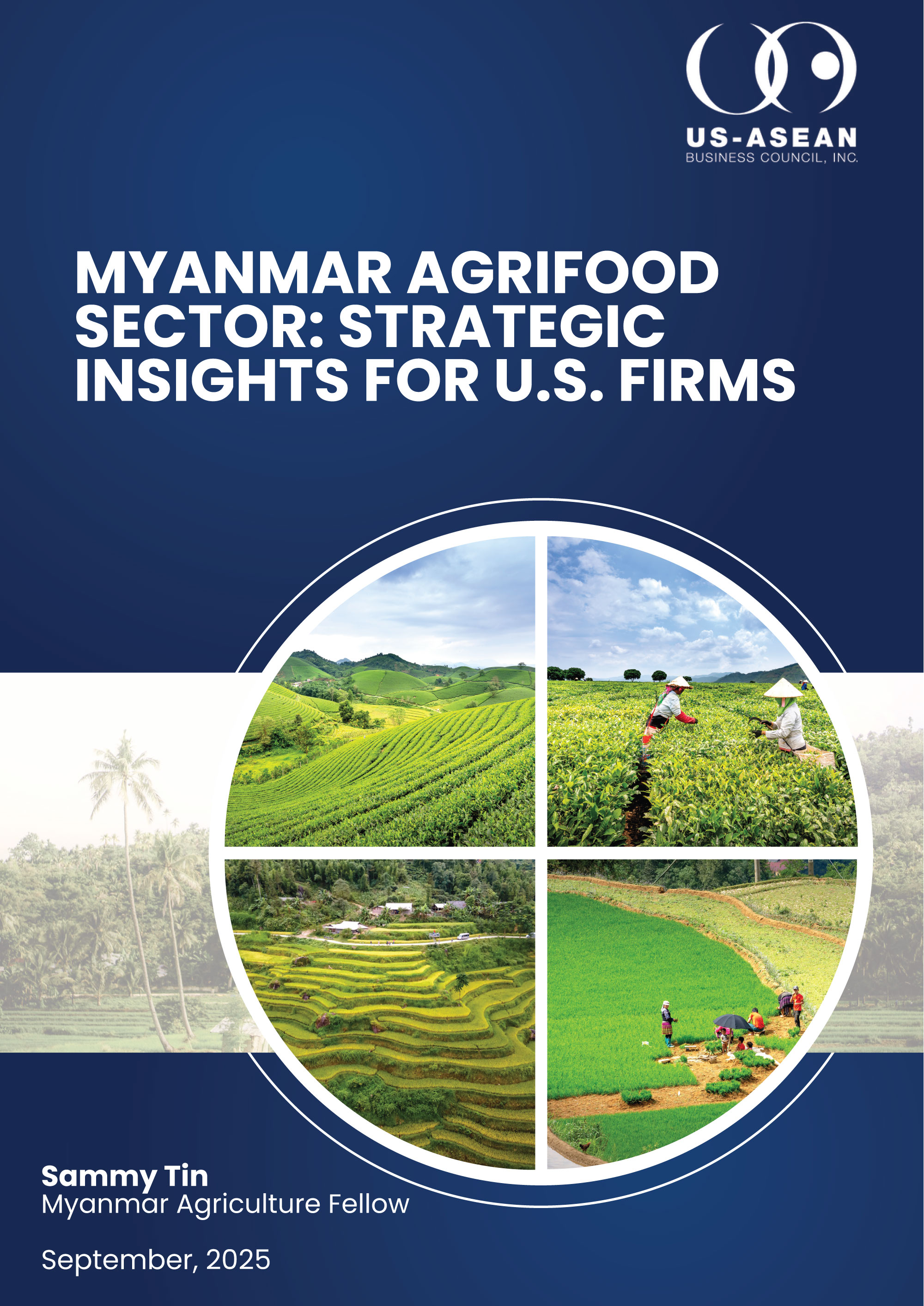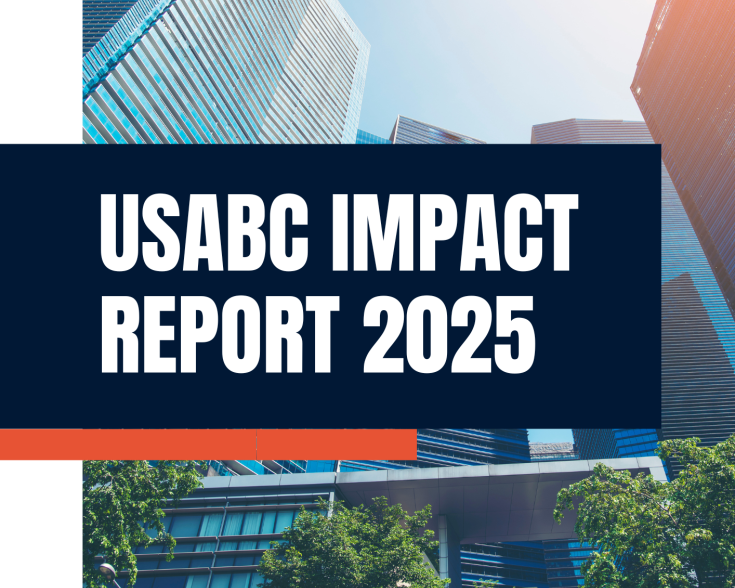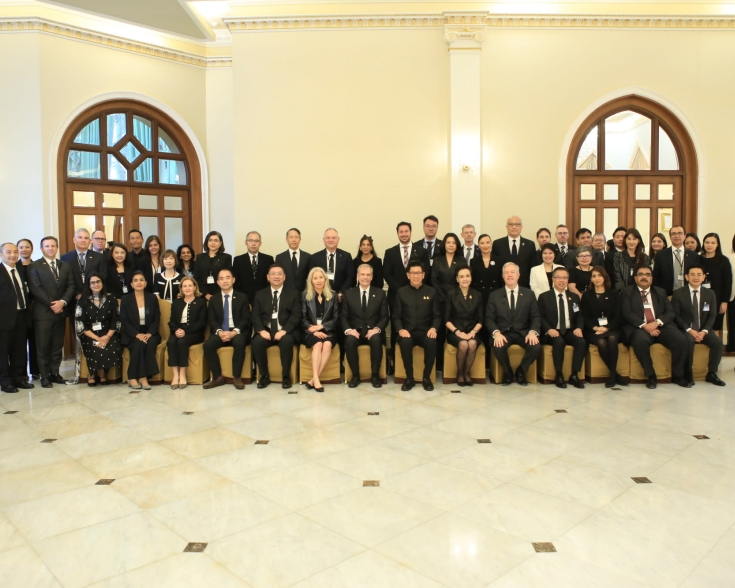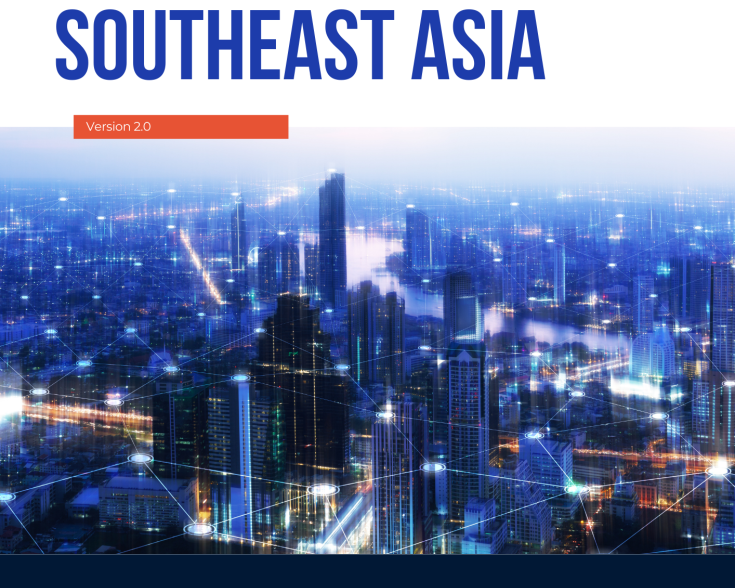Section 232 Impact on Copper Imports

Section 232 of the Trade Expansion Act of 1962 allow the POTUS to adjust the imports of an article and its derivatives under circumstances that it threatens to impair U.S. national security. Effective August 1, 2025, imports of copper to the United States was added to Section 232. Along the lines of Section 232 tariffs on steel and aluminum that went into force on July 1st, US importers of all semi-finished copper and intensive copper derivative products made in foreign countries will also have to pay a 50 percent tariff. According to the White House, this action will promote investment, employment, and innovation in the domestic copper fabrication sector, strengthen supply chains, enhance industrial resilience, and generate meaningful economic benefits.
Copper is essential in semiconductor interconnectors, telecommunication, electronics, transportation, industrial machinery, power transmission and generation, and building wiring among others. In 2024, the U.S. was the world’s second-largest consumer of copper with a consumption of approximately 1.6 million metric tons. In April 2025, the Department of Energy announced the identification of 16 federal sites designated for AI and data center development further signaling the U.S. government’s infrastructure expansion. The United States relies on imports for roughly 45 percent of its annual copper consumption, because the U.S. has limited domestic smelting and refining capacity. To minimize product-specific tariff structure for the copper supply chain, U.S. companies should consider securing supply chains requiring the import of semi-finished copper and intensive copper derivative products. Despite various critical mineral production companies interested in investments to expand U.S. copper mining production capacities, it will take years to come to fruition. The price of copper products has been volatile. Note, on August 20th the Department of Commerce announced that an additional 407 HTS codes will be considered as steel or aluminum derivative products. The HTS codes cover a wide variety of products with some steel and aluminum content, such as consumer-packaged goods, household and industrial products, transportation products, certain chemical products, energy products, and infrastructure products. The 50 percent Section 232 tariff will apply to the steel and aluminum content of the goods. The non-steel and non-aluminum content will remain subject to reciprocal and other applicable tariffs. An overview of all section 232 related tariffs on US importers can be found here.
